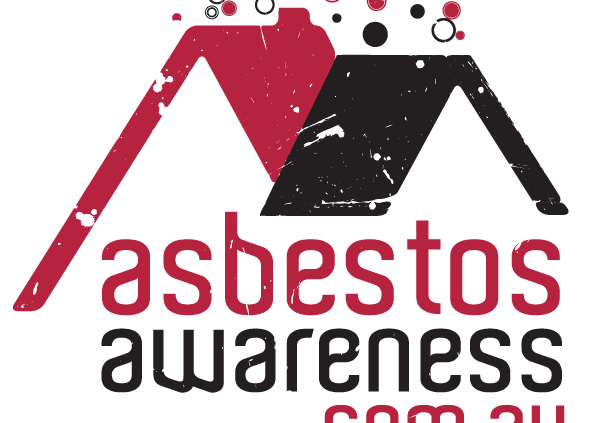PRESS RELEASE: Asbestos debris could be closer to home than you think!
As councils and government agencies continue to test for asbestos in mulch on government-owned sites, Clare Collins, Chair of the Asbestos Education Committee has urged the public not to panic but to avoid mulched areas until sites have been inspected and cleared of possible asbestos contamination.
Agreeing with Premier Chris Minns that it’s completely unacceptable to find asbestos in mulch in public places, amid growing concerns Ms Collins has urged the public to remain calm but said if they observe what they suspect are pieces of bonded asbestos in a public place, to contact the local council immediately.
“According to reports, the bonded or non-friable asbestos identified in mulch are pieces of broken asbestos-cement sheeting known as fibro, which most likely came from building demolition sites. However, how this occurred on such a significant scale at so many sites, is the real question to be explored,” Ms Collins said.
“There’s a lot of community concern and confusion surrounding these bonded asbestos finds in 23 public locations (to date) because people are unsure of how dangerous non-friable asbestos pieces are, what the materials might look like, what the risks to health are and what to do if they come across it,” Ms Collins said.
“Fibro debris is usually a light grey or a dirty colour (especially when mixed with soil or leaf matter), it resembles flat broken cement with the tell-tale golf ball-like dimpling on one side, and will often have jagged edges where it has been broken and may have old paint on the non-dimpled side.
“Importantly, amid the current wide-spread bonded asbestos debris finds at government-owned sites, homeowners need to be aware that asbestos debris could be closer to home than they might think.
“It’s not uncommon to find fibro debris left over from the original build or renovations at residential properties built before 1990 including brick, weatherboard, fibro or clad homes. It can be found in garden beds, loose under homes and under concrete paths. It could be anywhere,” she said.
Fibro was the most common non-friable asbestos-containing building material produced before a complete asbestos ban came into force in Australia in December 2003.
Non-friable asbestos cannot be crumbled, pulverised or reduced to a powder by hand pressure when dry. It is considered low risk when undisturbed, sealed, wet or damp.
“However, while the asbestos identified in mulch in the majority of locations has been determined to be non-friable and low risk to health, it is extremely concerning that friable asbestos has been identified in a Surry Hills park frequented by locals,” Ms Collins said.
Considered high risk, friable asbestos can be extremely dangers. It can be crumbled, pulverised or reduced to a powder by hand pressure. If fibres become airborne and can be inhaled, it poses significant health risks.
Non-friable asbestos can also become friable if damaged, demolished or exposed to the elements in unsealed fibro sheeting and is particularly common to aged, brittle corrugated asbestos-cement roofing.
“But fibro is not the only asbestos-containing material that could be found in many homes. Over 3,000 different types of building and decorator products were produced using asbestos, including under floor and wall coverings” said Ms Collins.
“With community education key to minimising asbestos exposure risks, while these products remain in one-third of Australian homes in a wide range of products, homeowners need to visit https://asbestosawareness.com.au to learn what the materials might look like and where they might be found so they can manage asbestos safely to protect their health and the health of others.
-ENDS-
MEDIA REQUESTS: Alice Collins, member of the Asbestos Education Committee
0414 686 091 [email protected]
#Asbestos #AsbestosAwareness #RespectAsbestos #RespectAsbestosRisks #AsbestosInMulch
IMAGES & GRAPHICS
High-Res Asbestos Debris Images:
• https://asbestosawareness.box.com/v/asbestos-debris-images
Various images and graphics of asbestos-containing materials (ACMs) visit:
• https://asbestosawareness.box.com/v/AsbestosAwarenessImages




